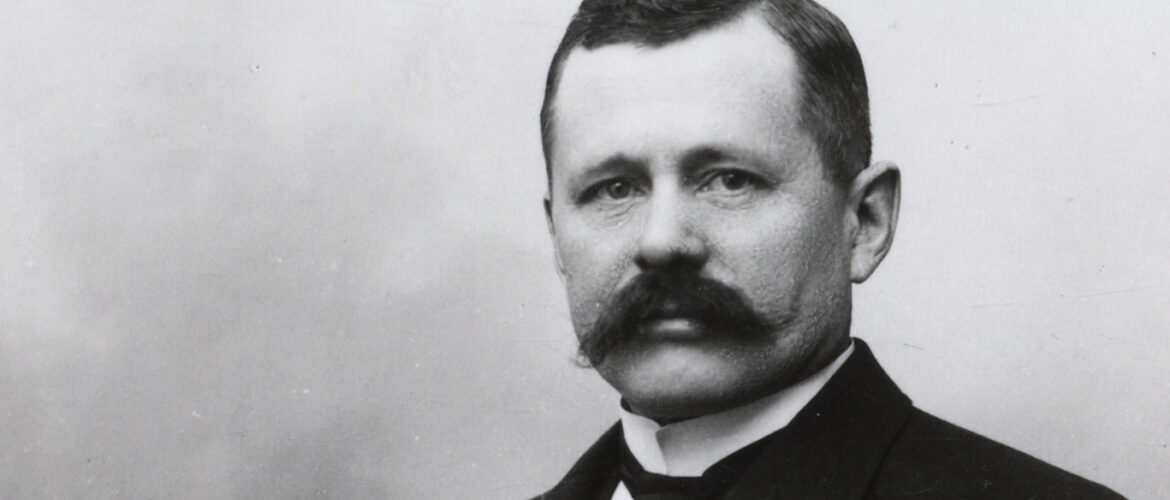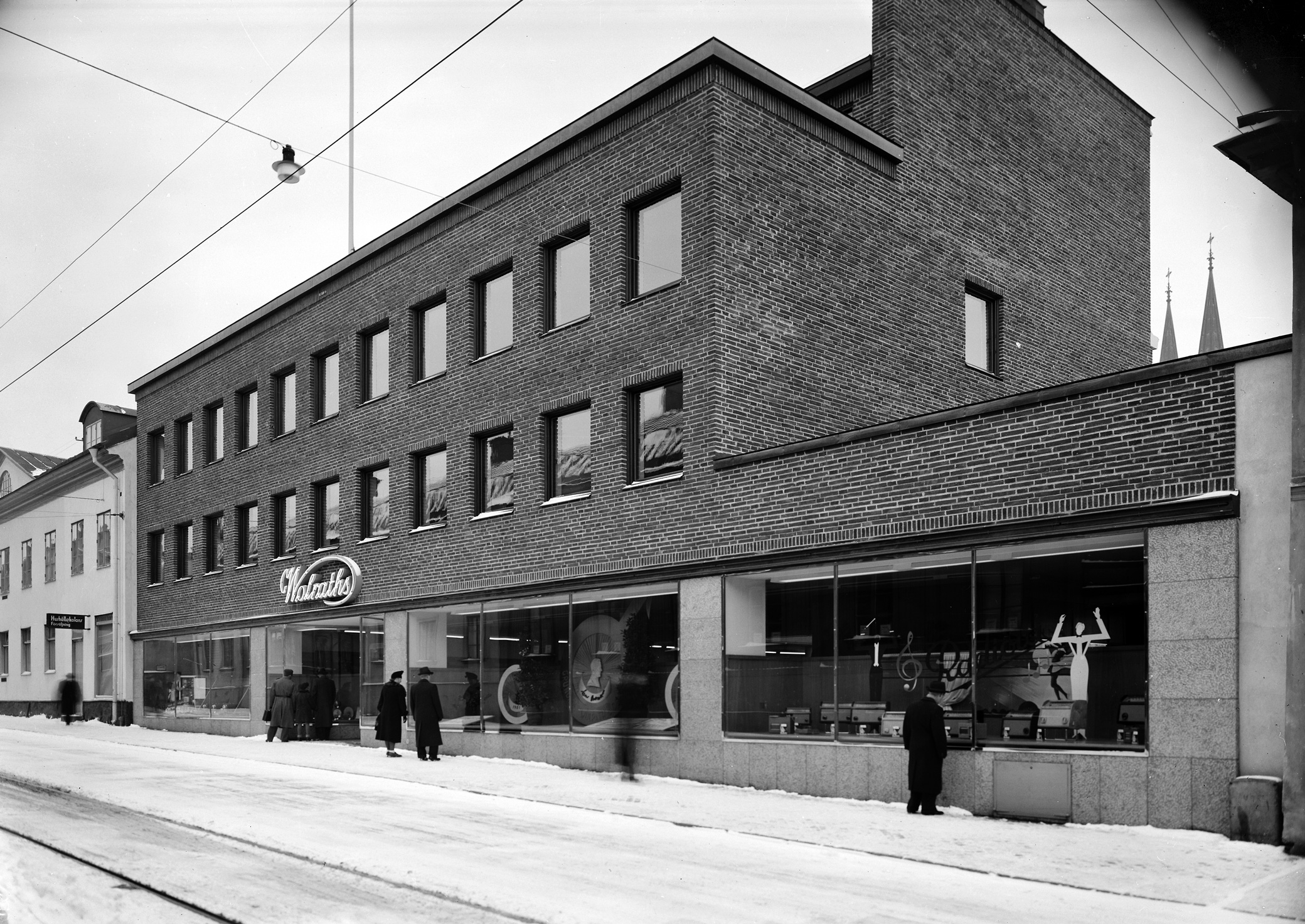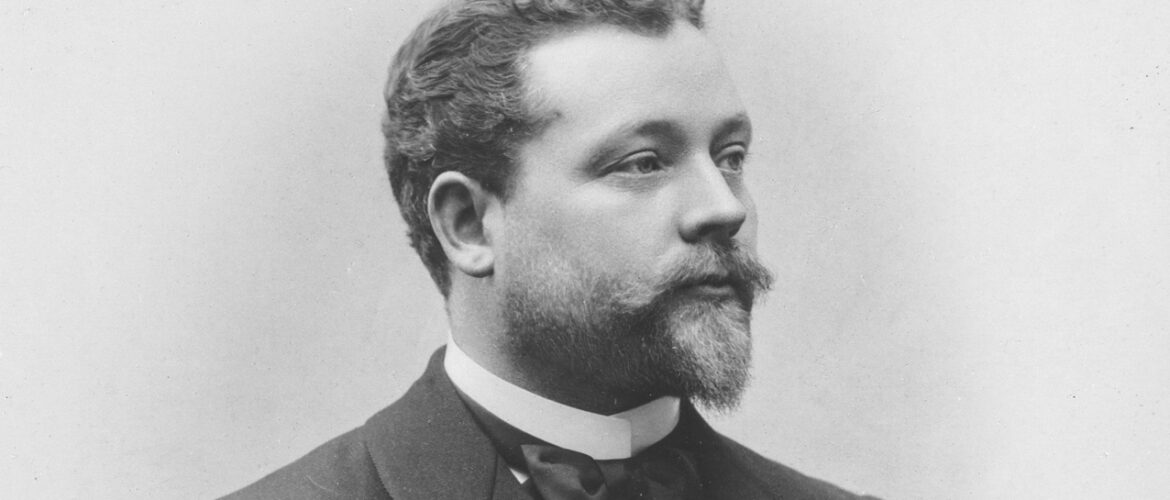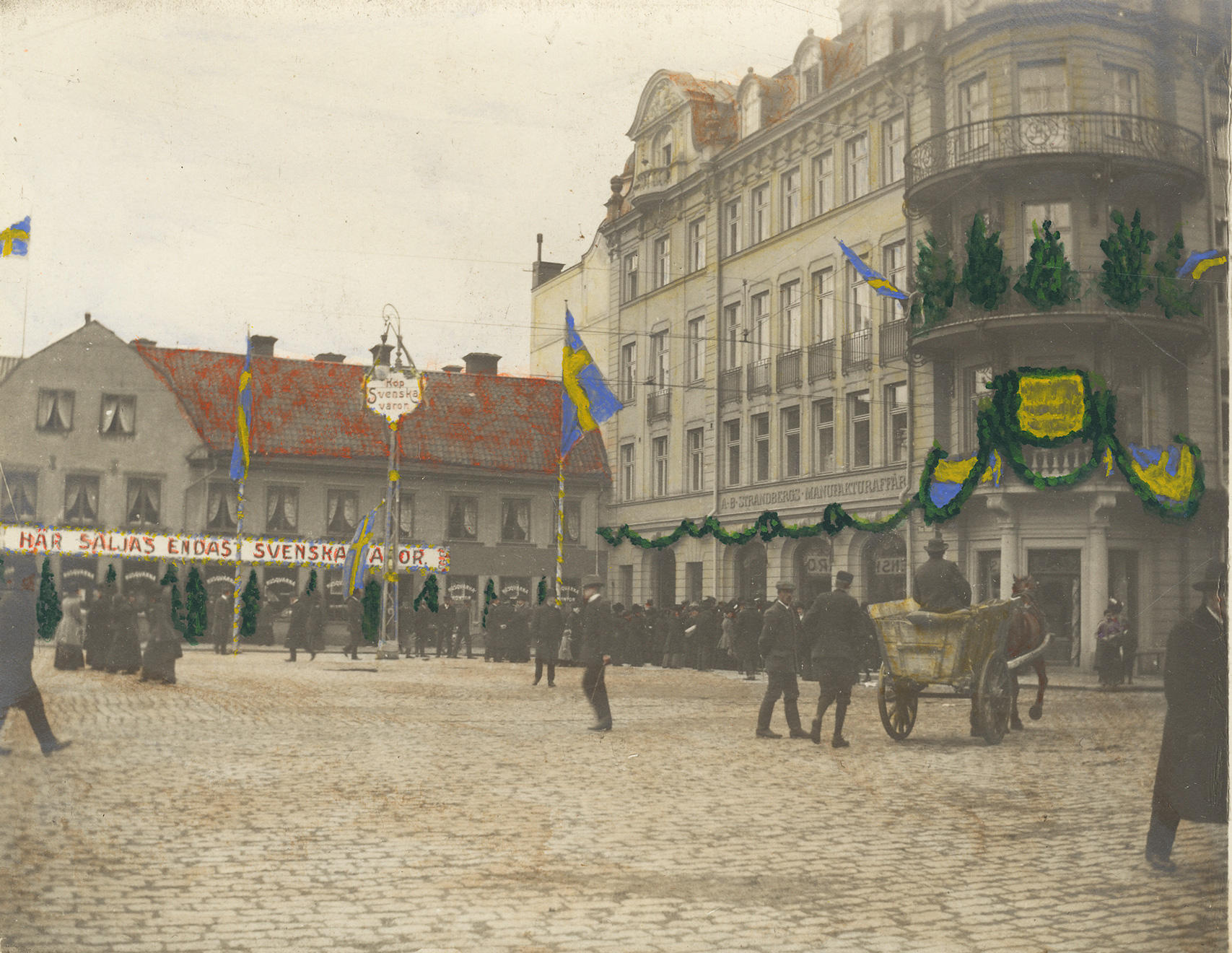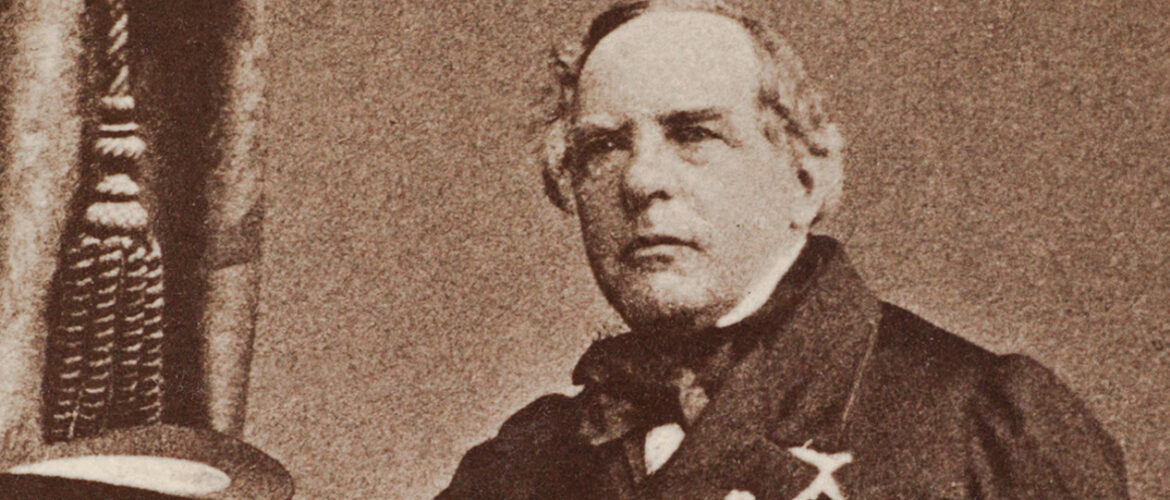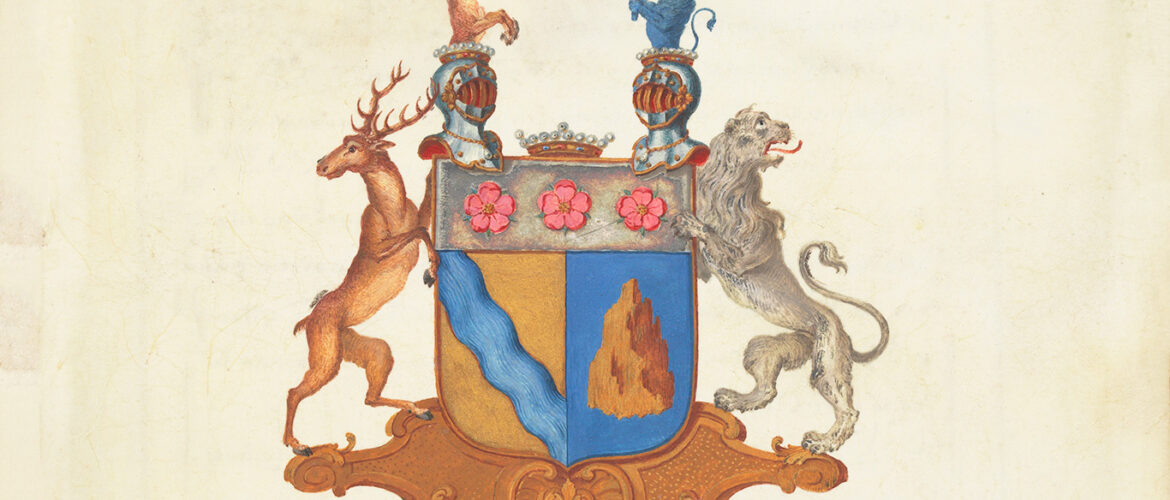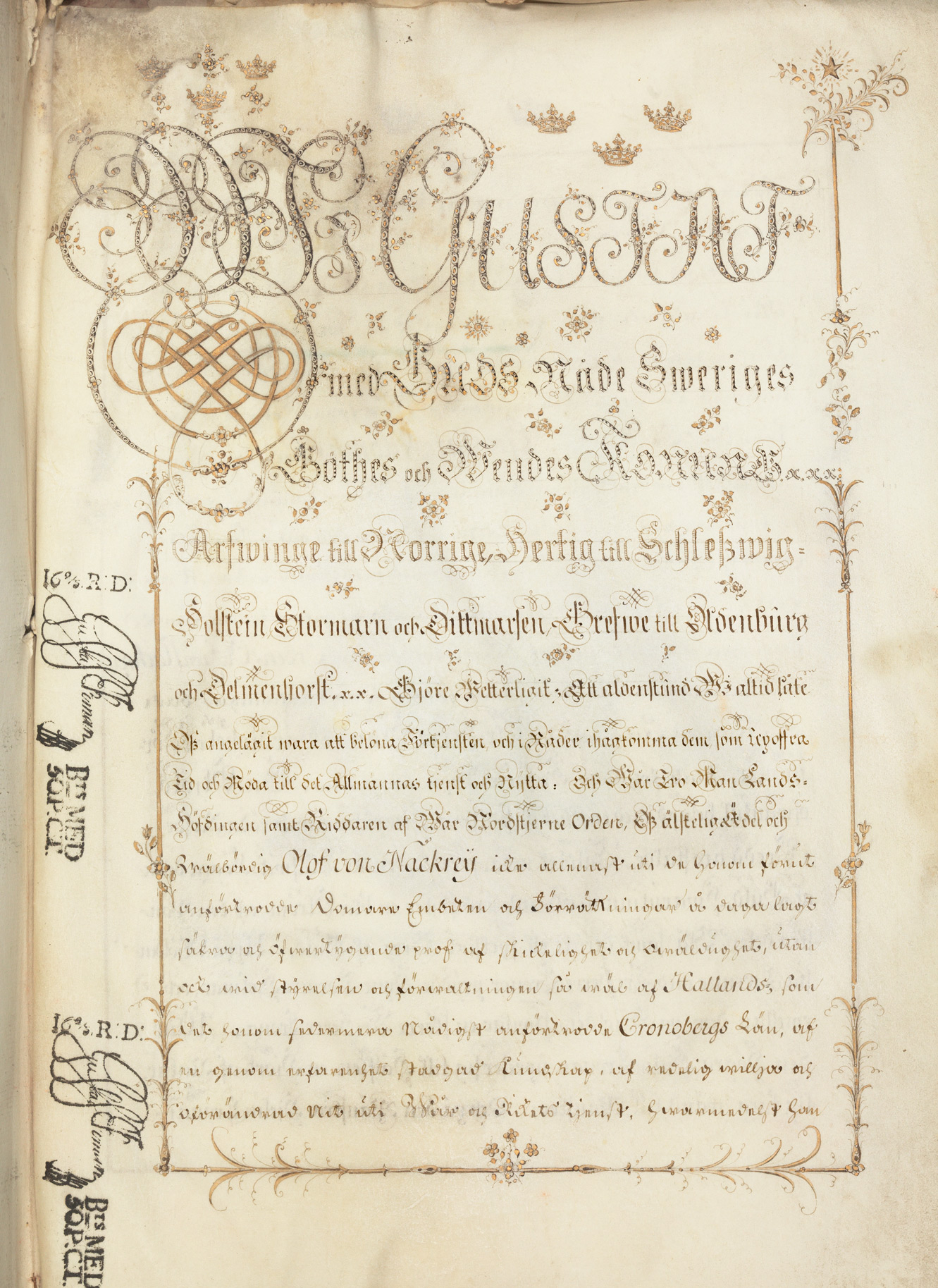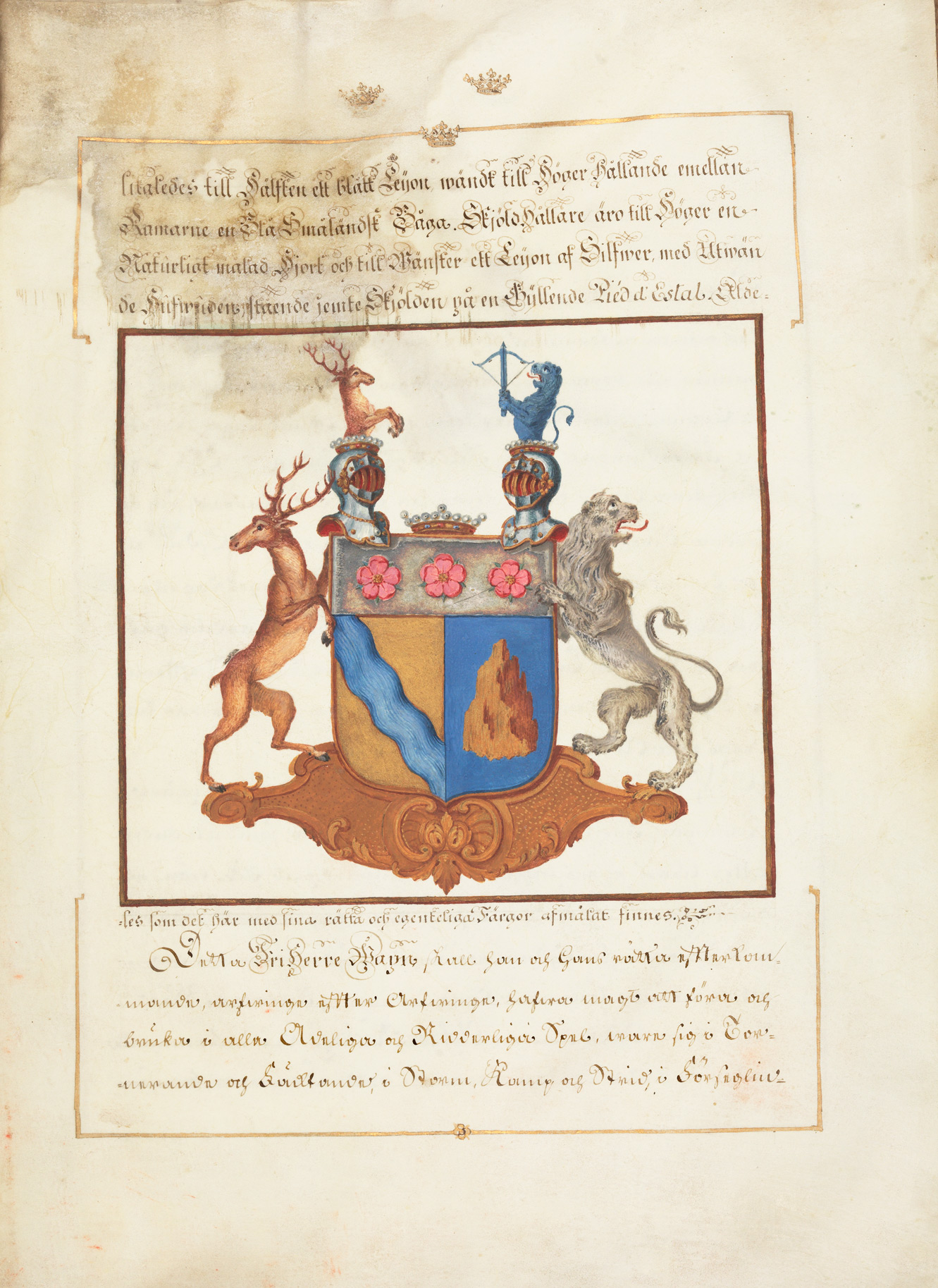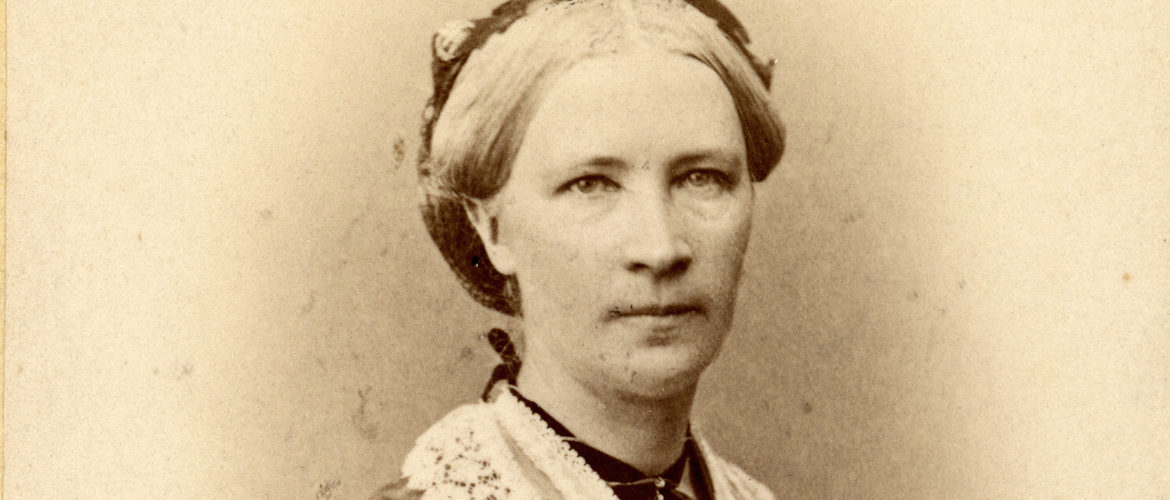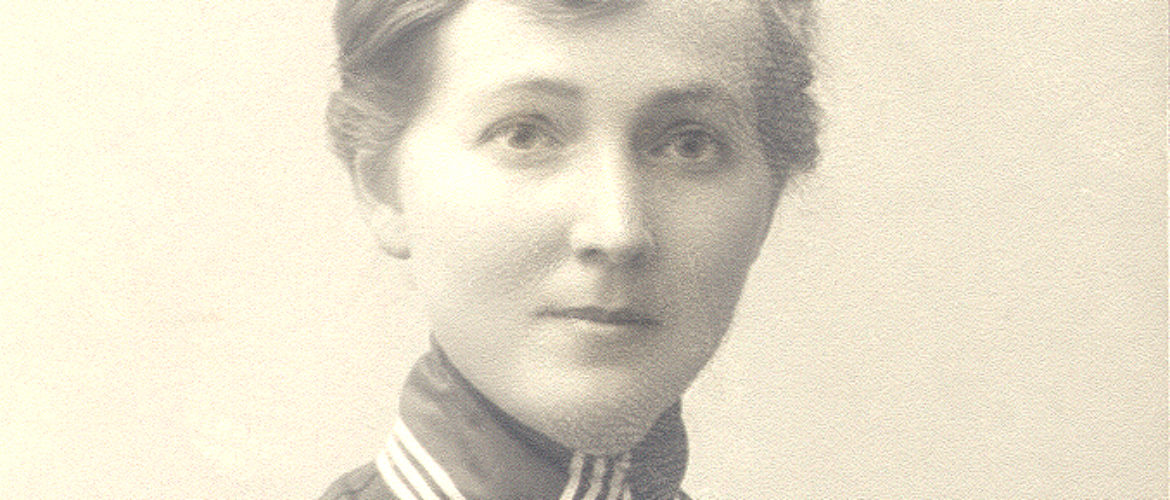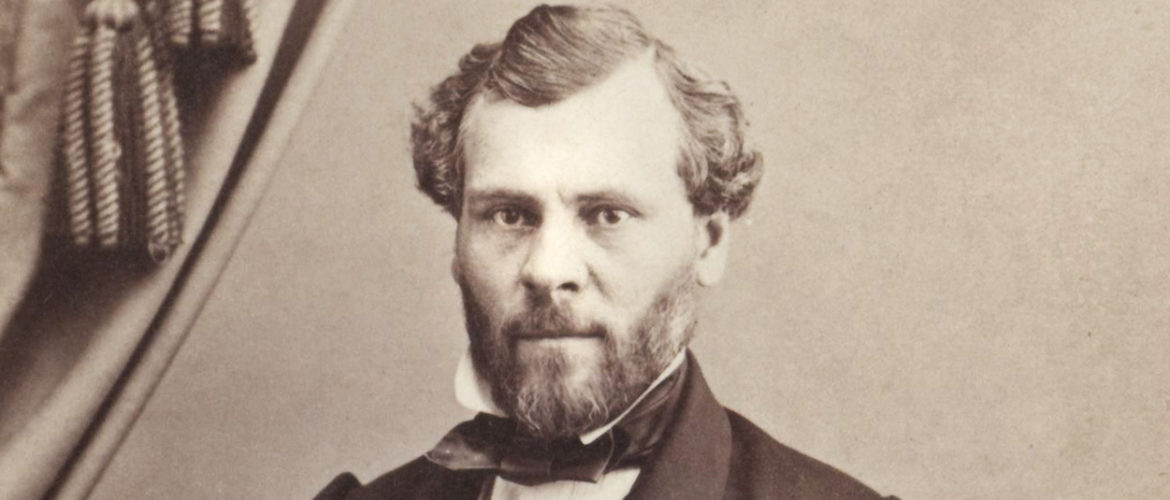1839-1909.
Lawyer, politician.
Gustaf Svanberg was born in Uppsala in 1819, the son of Gustaf (the astronomer) and Fredrika Svanberg. Later in life he became mayor and active in municipal politics in Gothenburg. Svanberg was also elected as a member of the second chamber of the Riksdag.
The tombstone that adorns the Svanberg Burial site is one of the most eye-catching in the Old Cemetery. The allegorical female figure in bronze is called "Sorrow" and was made by sculptress Sigrid Blomberg. A similar sculpture adorns Carl Wijk's family grave at Östra Cemetery in Gothenburg.
Burial site: 0109-0461B
Image description: Portrait of Gustaf Svanberg, 1910 Photo: Unknown photographer / Wikimedia Commons. [The image is cropped]
Click here for an uncropped image


